blog
20th Anniversary Issue: Nick St.Oegger
As part of F-Stop Magazine’s 20th anniversary celebration we invited past featured photographers to share with us some thoughts and reflections. We asked each photographer to consider how their photographic work has changed over time, how the changes in photography over the past 20 years may have affected or influenced that change, and to share what they are up to most recently.
By Nick St.Oegger
http://stoeggerphotography.com/

Syrian refugees wait for medical treatment, Kilis, Turkey, 2013
This year marks an anniversary of my own, being 10 years since I started my career as a documentary photographer, so I’ve been doing a lot of reflection on my growth professionally, and personally. A decade ago, after taking a six-week trip to the Balkans, I sold my car, a lot of what I owned, and bought a one way ticket to Albania. I knew I wanted to live and work abroad, I was interested in the Balkans, and it was an affordable place to base myself while I tried to start my career in visual storytelling.
I had some experience working for local newspapers, shooting portraits, events, a couple protests, and was connected with a wire agency that seemed skeptical about being able to sell any work from the region, but gave me a chance anyway. My idols at the time, and my visual points of reference, were the classic photojournalists like Robert Capa, Eugene Smith, Don McCullin, James Nachtwey, and Steve McCurry. I had dreams of following in their footsteps, of shooting conflict, and the major social issues of the time.
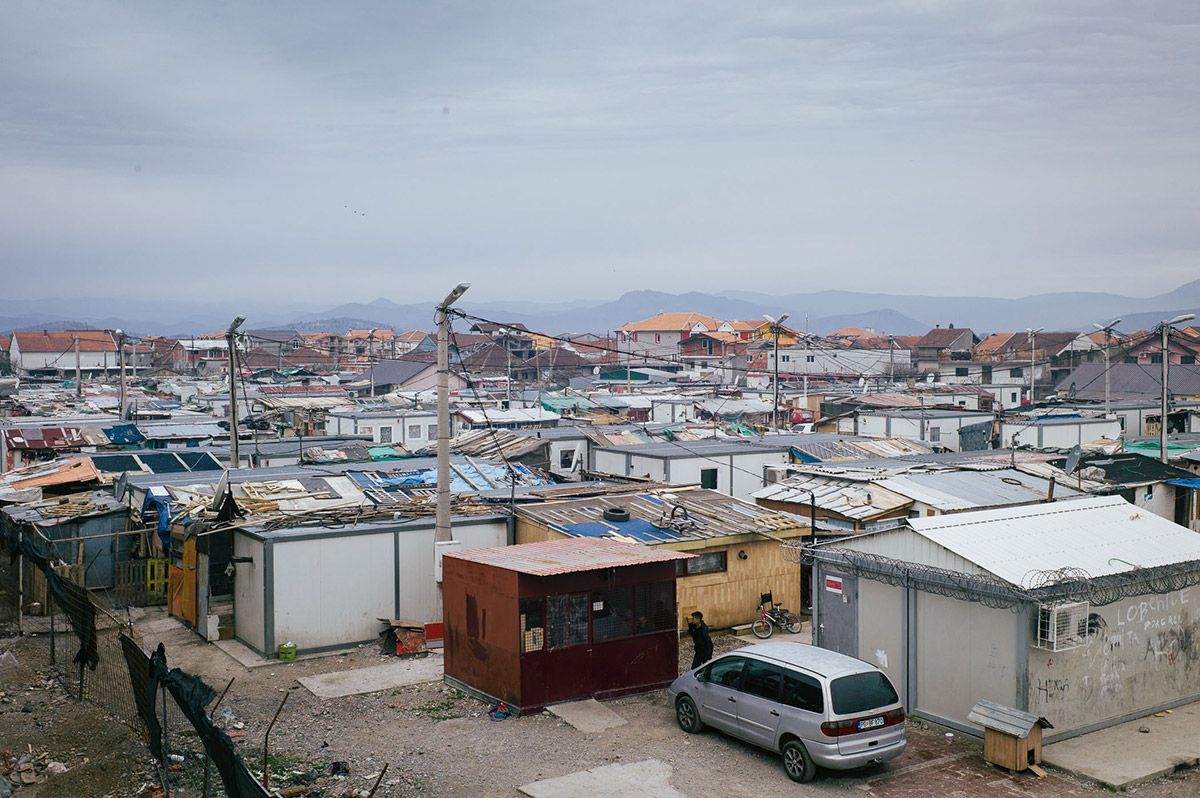
The Konik refugee camp outside Podgorica, Montenegro, 2015
When I look back at my work from that period, I can see glimpses of who I am as a professional now, the use of light, the occasional portrait, landscapes, but the subject matter is completely different. I was chasing a lot of the same stories as other people, gravitating towards protests, refugees, hard hitting social issues like poverty or crime. I spent several weeks in Turkey along the border with Syria, seeing the first major waves of refugees from the war there, and getting close enough to realise a career in conflict photography wasn’t for me. I had some early luck selling a few images to international publications, and picked up a few assignments along the way, but I quickly realised I was way out of my depth, and that I wouldn’t get very far just winging it.
I decided to take a yearlong MA course in photojournalism and documentary photography in London, which ended up being a real turning point for me. I met great people on the course who became my friends, and have grown to be invaluable colleagues as well. I was introduced to more contemporary styles of documentary photography, the work of Alec Soth, Bryan Schutmatt, Nadav Kander, and Susan Meiselas, people who were working on slow, deliberate, longterm projects that involved returning again and again to the same communities. Something about this style spoke to me much more than what I had been trying to do previously. I understood that I didn’t want to chase the biggest news story, but rather find a community and a topic I had access to, that I could easily return to, where I could build relationships over time.

A young Roma refugee from Kosovo at the Konik refugee camp, outside Podgorica, Montenegro, 2015.
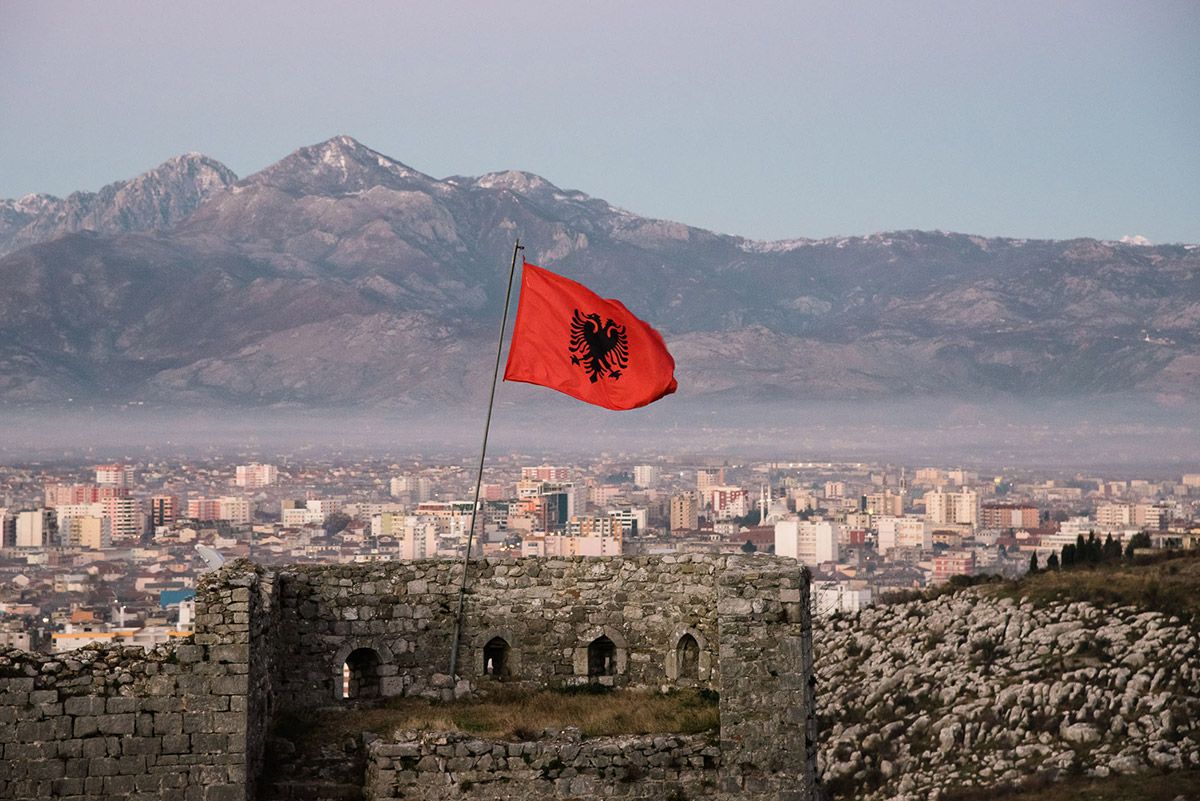
View of the city of Shkodër, Albania, 2015.
My opportunity came by chance, when I opened a magazine one day and saw a short article about the Vjosa river in Albania, one of Europe’s last wild rivers, which in 2016 was being threatened by construction of hydropower dams. I had fallen in love with Albania largely because of the wild nature and environments I saw there, so when I read that such a valuable natural resource was under threat, I felt compelled to act. I was familiar with the country, spoke a bit of the language, and already had a network established there, so it felt like the right story for me to pursue. There also wasn’t anyone else working on this topic at the time, so it allowed me to produce something unique.
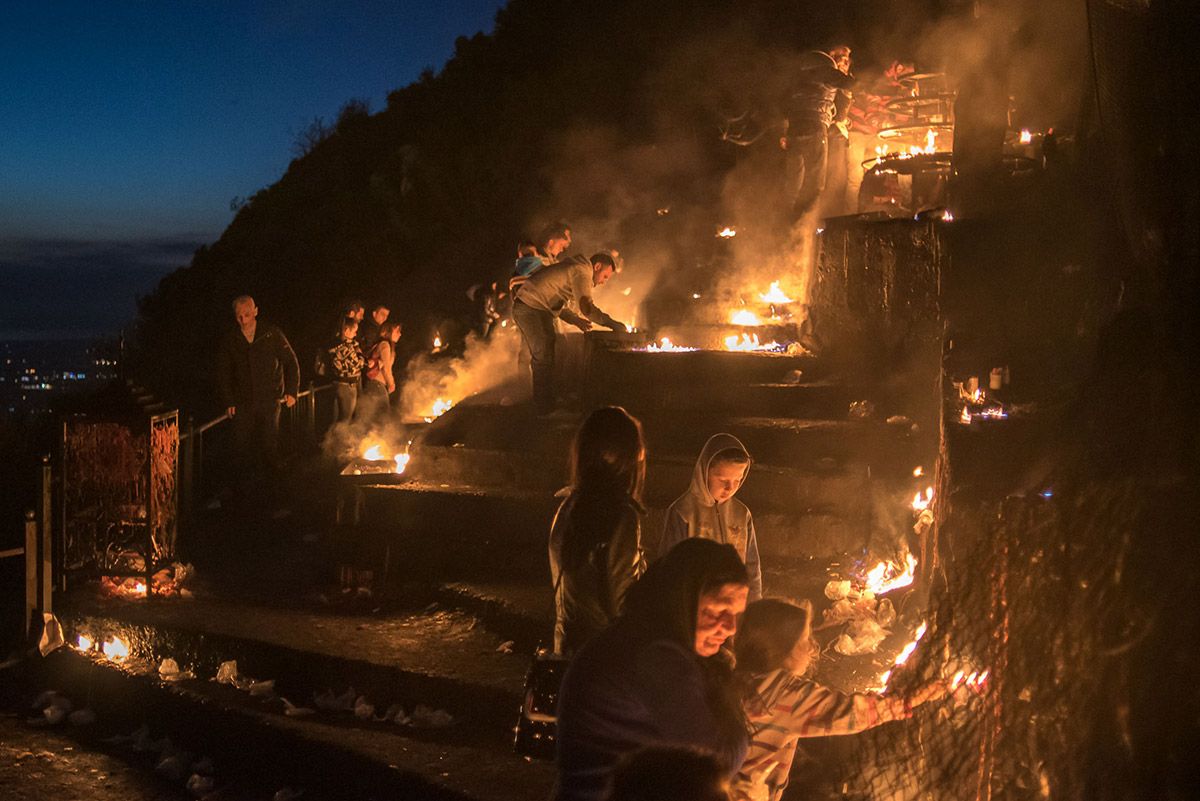
Pilgrims lay offerings near the church of Saint Anthony, Laç, Albania, 2015.
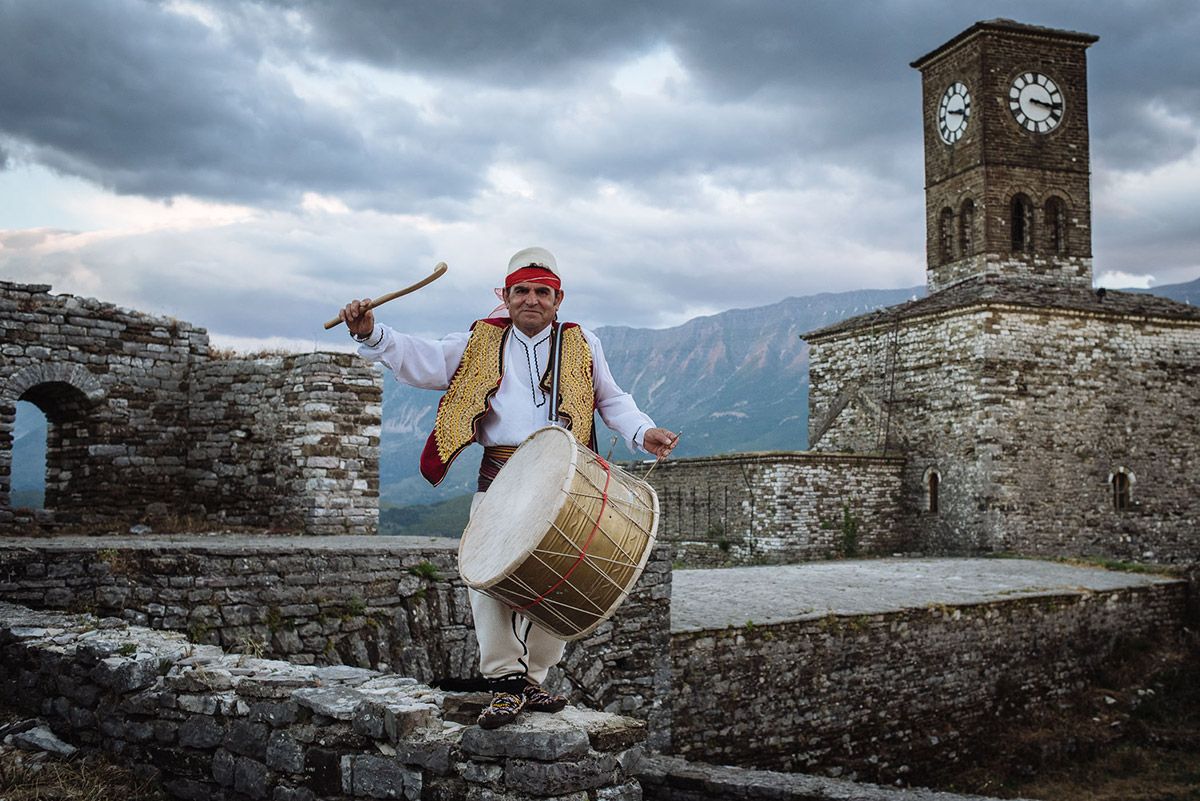
Performer at the National Folklore Festival, Gjirokastër, Albania, 2015.
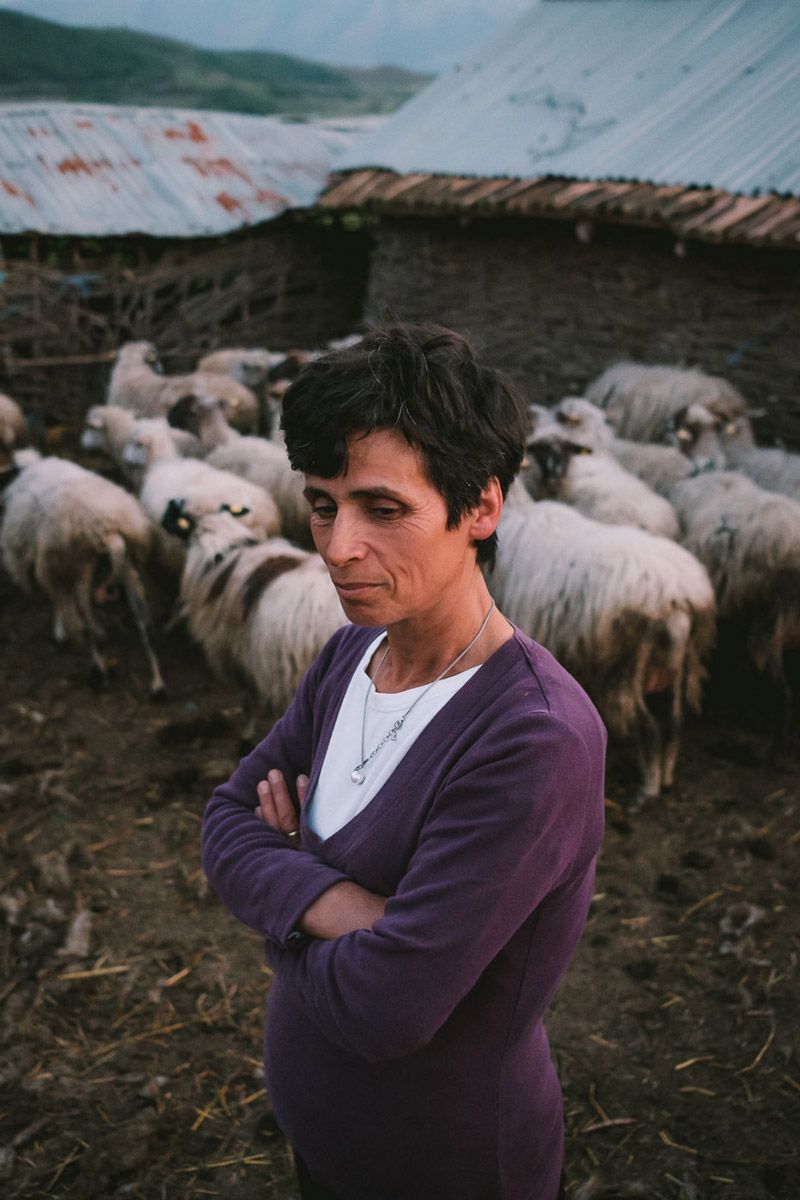
Ylli, a farmer in the village of Kut, Albania, 2017.
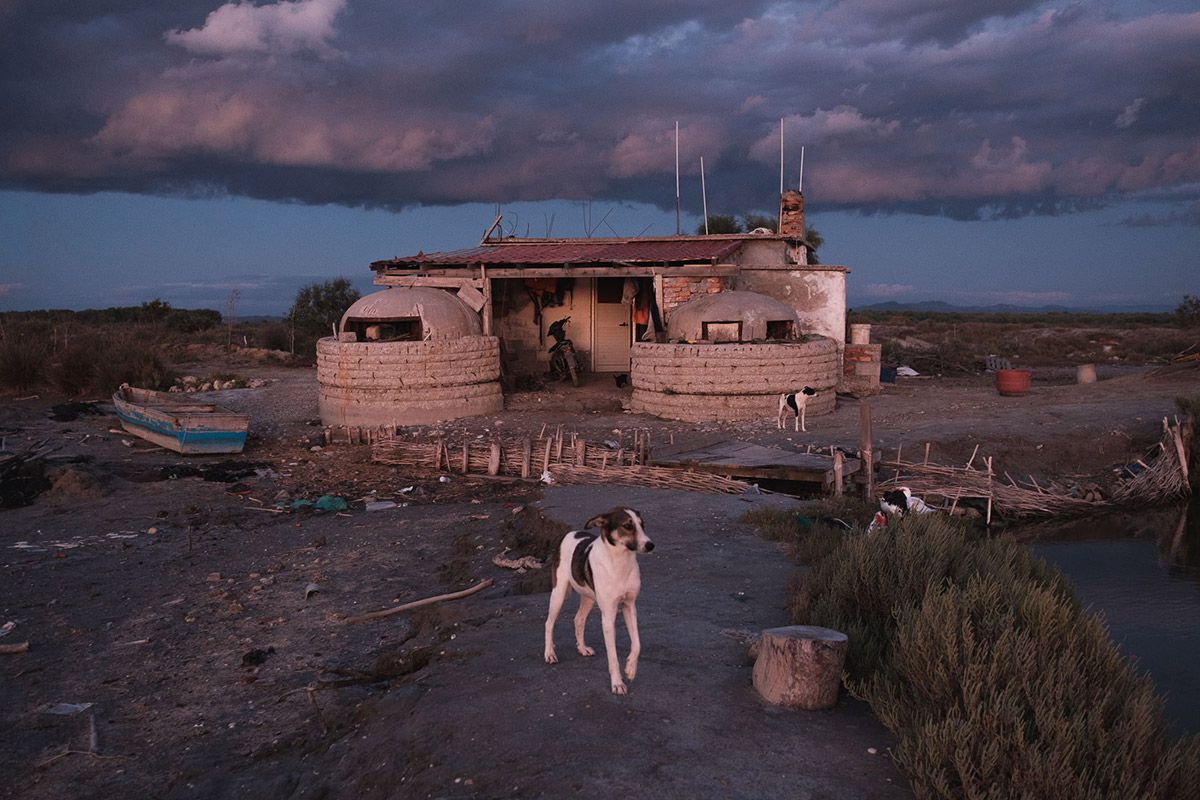
Dogs stand guard near a fisherman’s hut, converted from communist era bunkers in the Vjosa river delta, Albania, 2017.
I initially spent six months traveling on the Vjosa, capturing landscapes and portraits of the river and people who lived along it, trying to tell the story of this dynamic, threatened landscape. My career, as I know it now, completely stemmed from this project. I partnered with Patagonia to publish a photo book about the Vjosa in 2018, which led to some exhibitions, speaking engagements, and further work documenting environmental issues in the Balkans for magazines and NGOs. I’ve now been working on the Vjosa project for six years and have become a bit of an expert on rivers and environmental issues throughout the Balkans, which has given me the chance to work with other journalists, scientists, and activists. It’s a subject matter that feels right to me, in a way that conflict never did. This year, a lot of these threads came together when I was awarded a grant from the National Geographic Society to work on a project about river conservation in Bosnia & Herzegovina. It’s an amazing opportunity to have the time to focus and explore this one topic and build on the work I’ve done over the last years. I now feel like I have a bit of security with my career, but it’s taken a long time to get here.
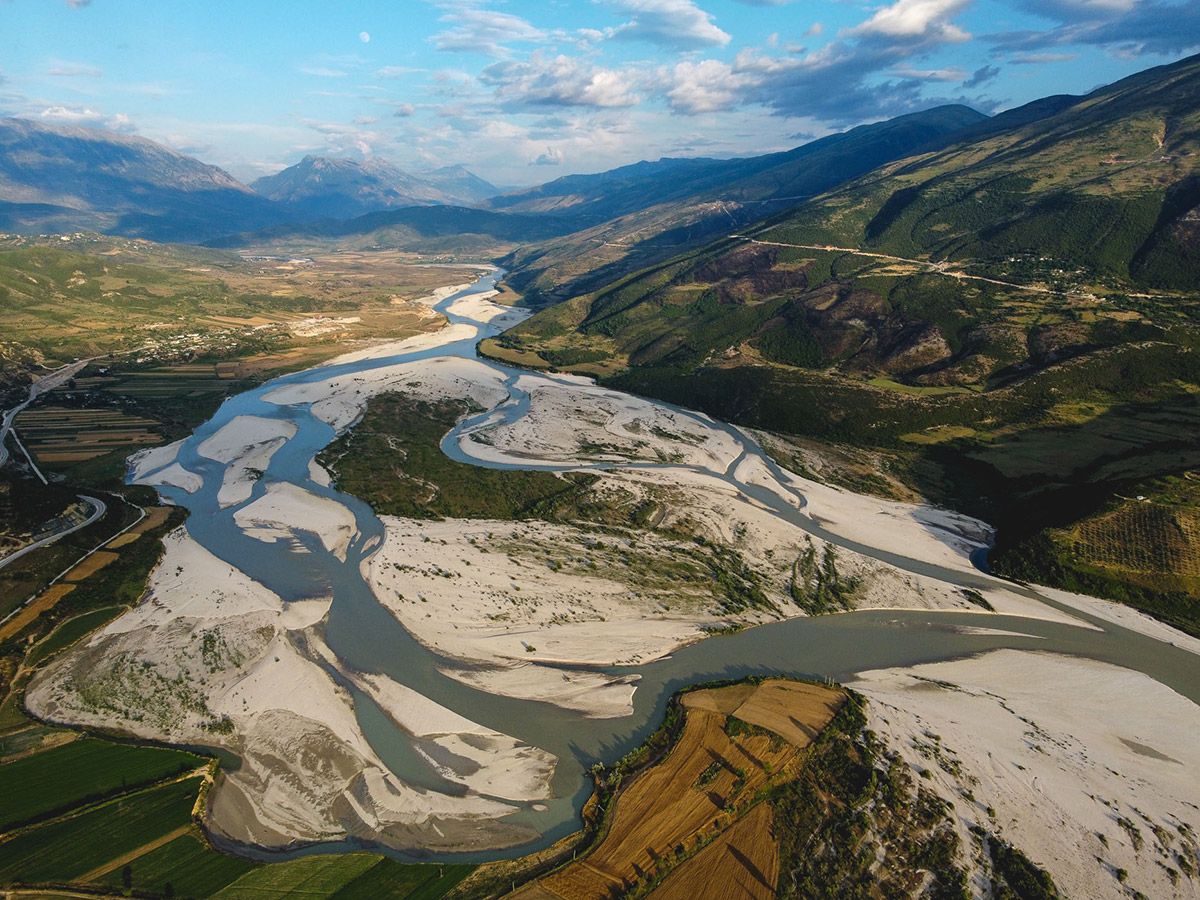
View of the Vjosa river in central Albania, which was declared a national park in 2023, after years of campaigning by activists and scientists
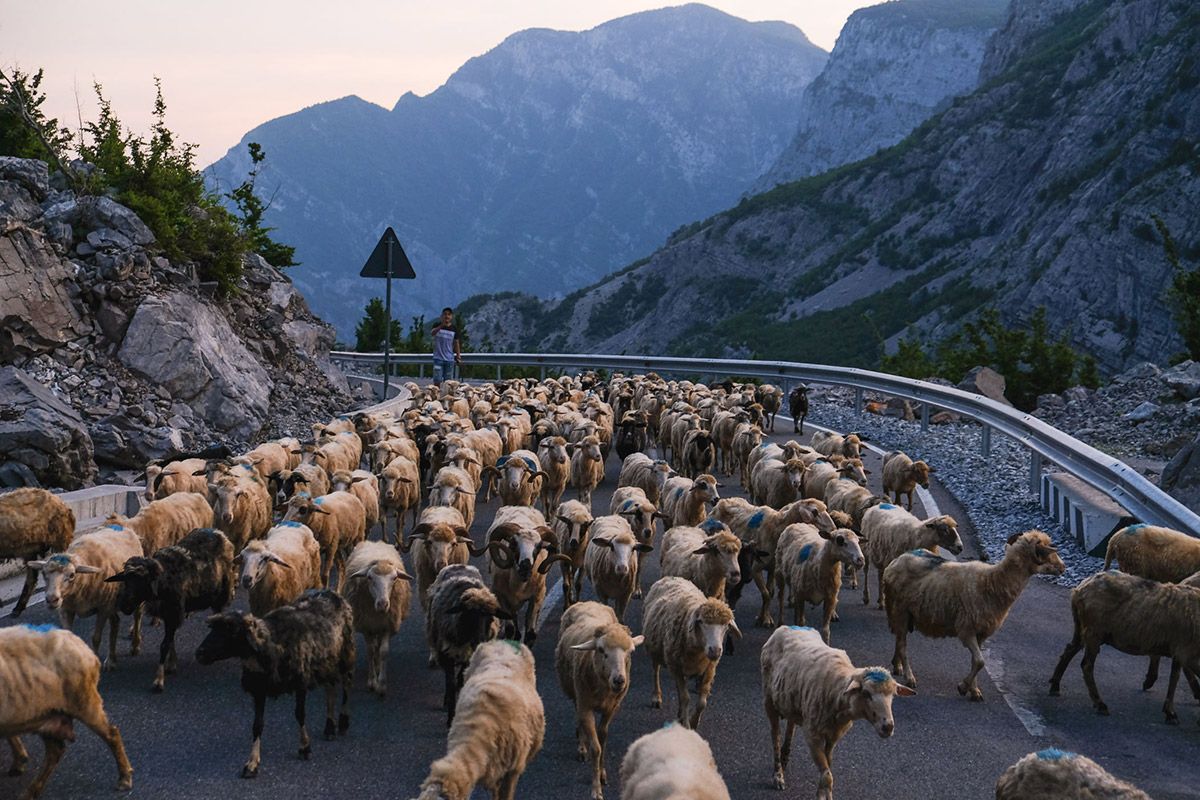
Transhumance in the Kelmend Valley, north of Albania, 2019.
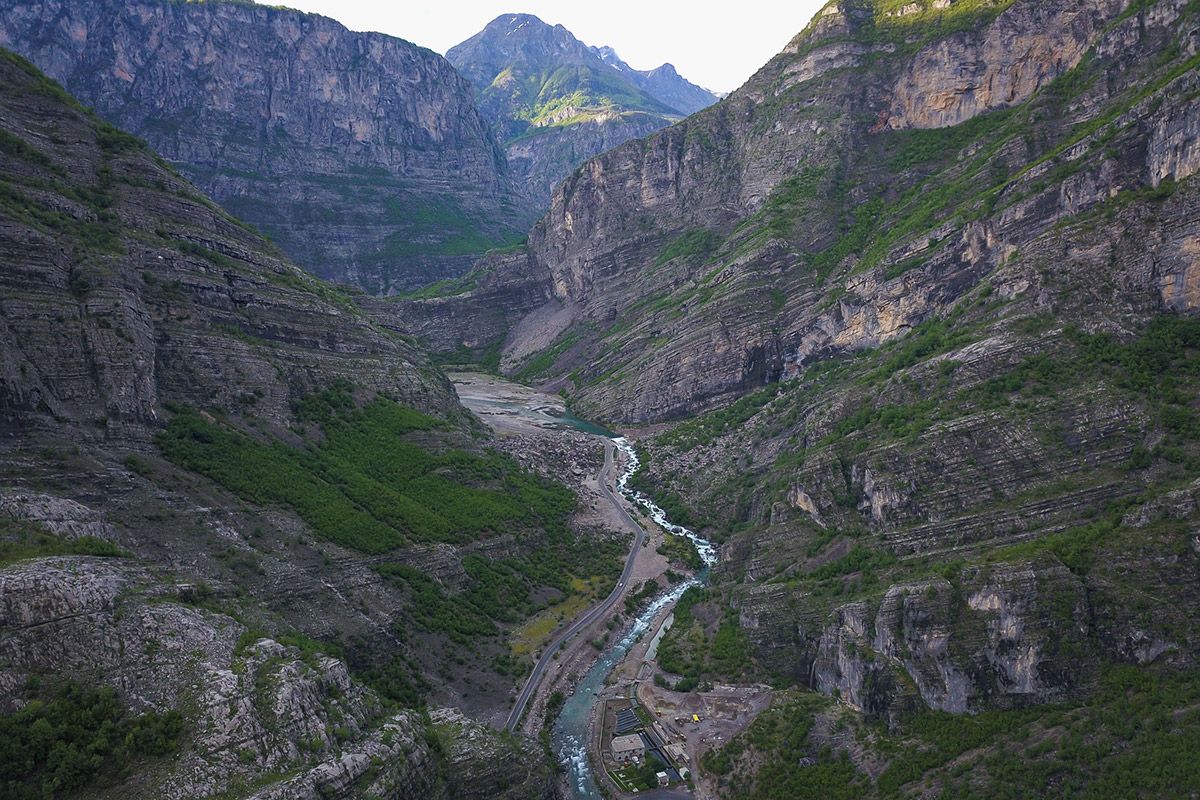
View of the Cemi river flowing through the Kelmend valley, north of Albania, 2021.
Looking back, I think there are a few important lessons I’ve learned.
- Follow your gut and be persistent: Find a topic or a place that you’re drawn to, and keep going back. People thought I was crazy for continuing to return to Albania, and that nothing would come from my project on the Vjosa river. I had to tune out a lot of other people’s ideas for what I should be doing, and really listen to myself. Now Albania has become a popular tourist destination, and I’m regularly publishing archival work, and getting new assignments based on my familiarity with the country. It pays dividends to follow your instincts and carve out a unique niche for yourself.
- Build a broad network outside of photography: Connecting with people in the industry is important, but don’t get stuck in a bubble. Make connections with writers, graphic designers, scientists, anthropologists, or tour guides. You may not always realise it, but these people might be your future collaborators, or come to you with ideas, opportunities, or assistance that you otherwise wouldn’t have.
- Be kind and help less experienced photographers: I’ve really enjoyed the opportunities I’ve had to teach and mentor other people. This isn’t an easy career to get started in or maintain, and there are so many things I wish that I knew when I was starting out, that I’m also happy to share when people ask me. I learn new things about myself and my work when I teach others as well.
- Don’t get bogged down with gear: I’ve shot most of my major projects with just one camera and a couple of prime lenses. It’s easy to blow through a lot of money on the latest cameras and other gear, I definitely did when I was starting out. The technology has become so good in the last decade that you really don’t need to own the latest and greatest and shouldn’t need to upgrade for a long time. Find a camera body, and a couple of focal lengths that you feel comfortable with and use them well.
- Learn another language: Taking the time to learn multiple languages, even at a basic level, will open countless doors for you. It’s a way of comforting and building trust with the people you want to be photographing and removes the extra barrier of having a translator communicate for you.

Gazmend Bikaj, pastoralist shepherd, north of Albania, 2019.
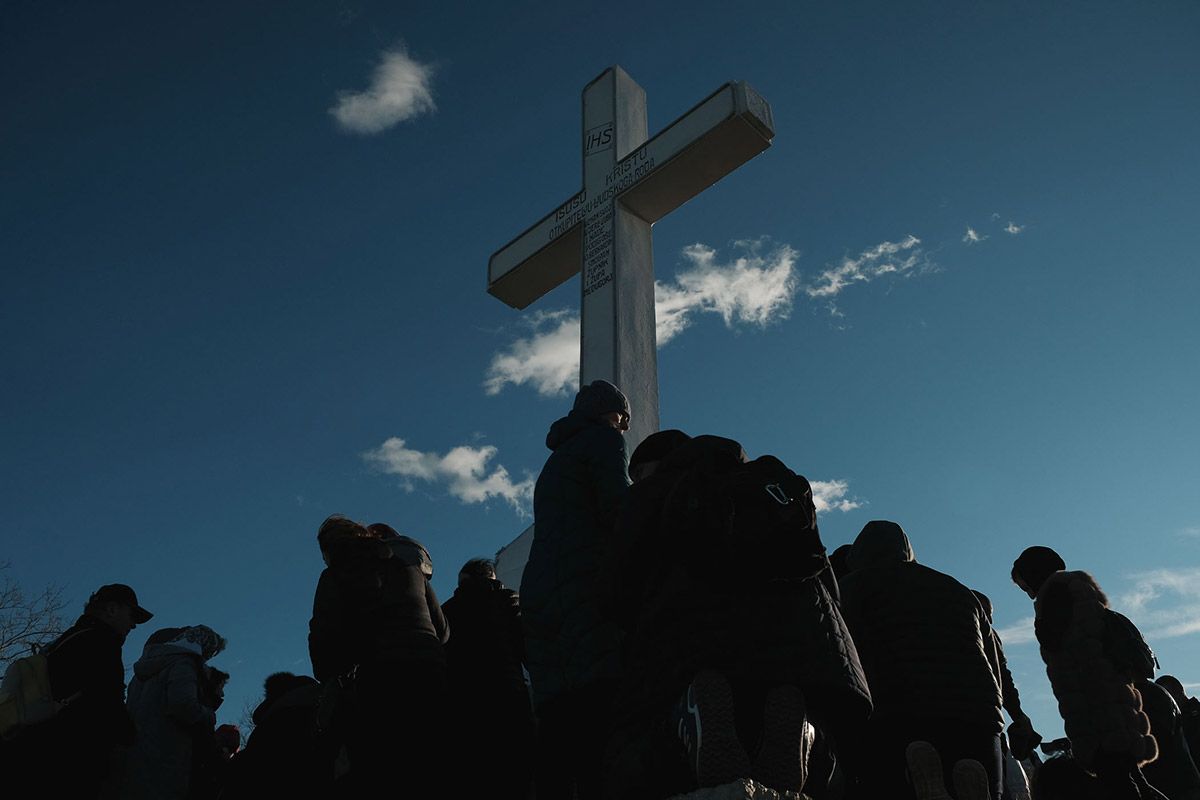
Worshippers at the Catholic pilgrimage site of Medjugorje, Bosnia & Herzegovina, 2019.
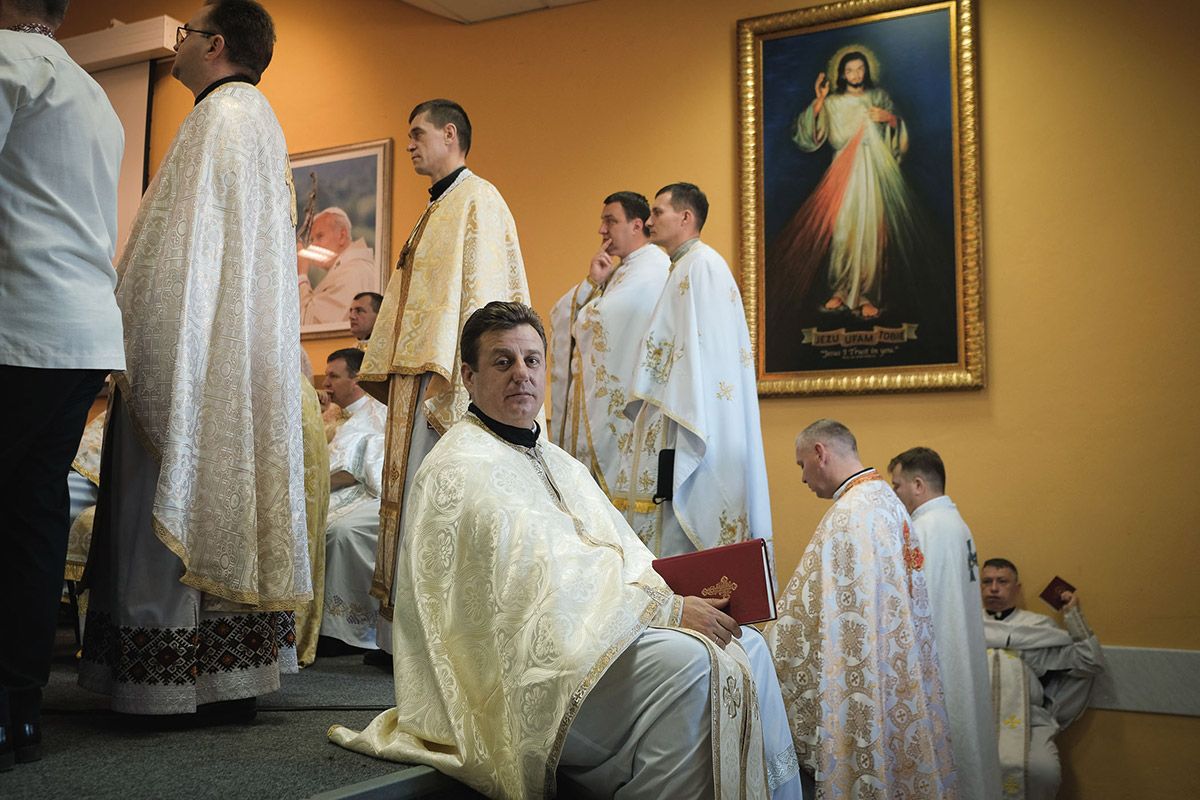
Ukrainian Catholic priests wait for the start of Christmas Day mass, Medjugorje, Bosnia & Herzegovina, 2019.
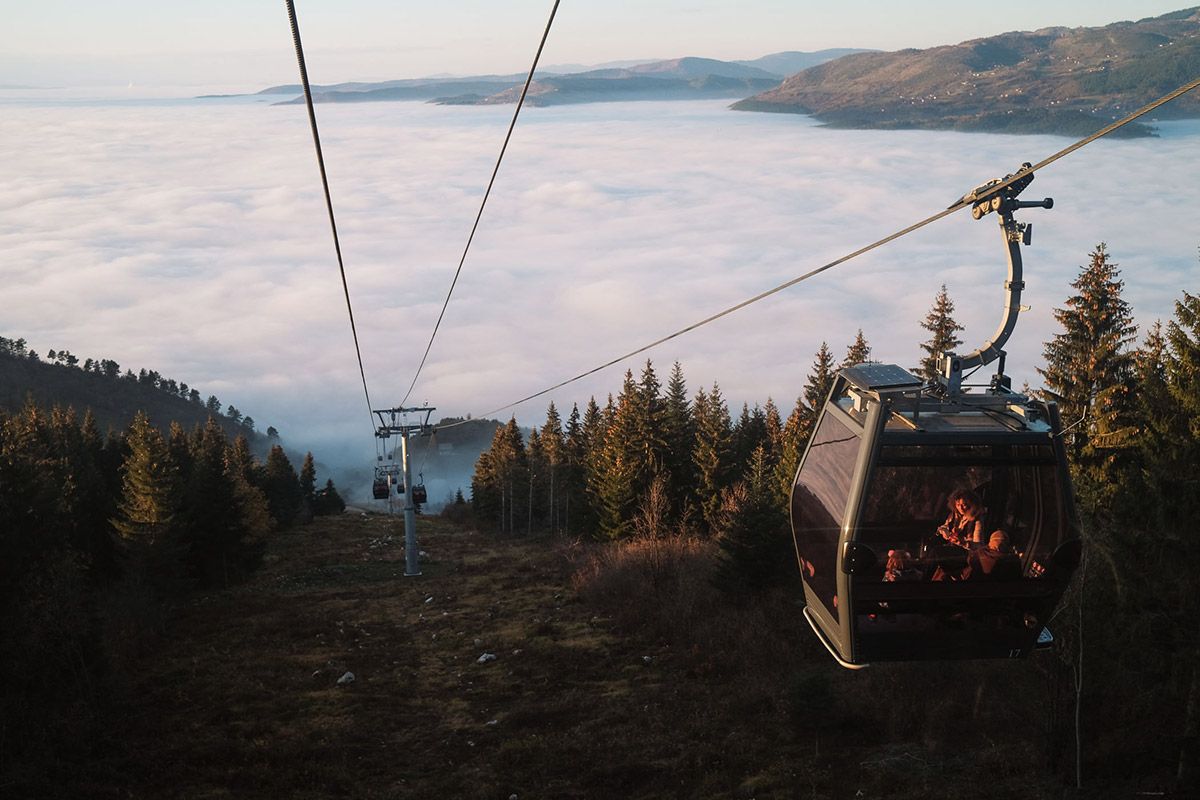
View of a smog covered Sarajevo, from Mount Trebević, Bosnia & Herzegovina, 2020.
Events by Location
Post Categories
Tags
- Abstract
- Alternative process
- Architecture
- Artist Talk
- artistic residency
- Biennial
- Black and White
- Book Fair
- Car culture
- Charity
- Childhood
- Children
- Cities
- Collaboration
- Community
- Cyanotype
- Documentary
- Environment
- Event
- Exhibition
- Faith
- Family
- Fashion
- Festival
- Film Review
- Food
- Friendship
- FStop20th
- Gender
- Gun Culture
- Habitat
- Hom
- home
- journal
- Landscapes
- Lecture
- Love
- Masculinity
- Mental Health
- Migration
- Museums
- Music
- Nature
- Night
- nuclear
- p
- photographic residency
- Photomontage
- Plants
- Podcast
- Portraits
- Prairies
- Religion
- River
- Still Life
- Street Photography
- Tourism
- UFO
- Water
- Zine

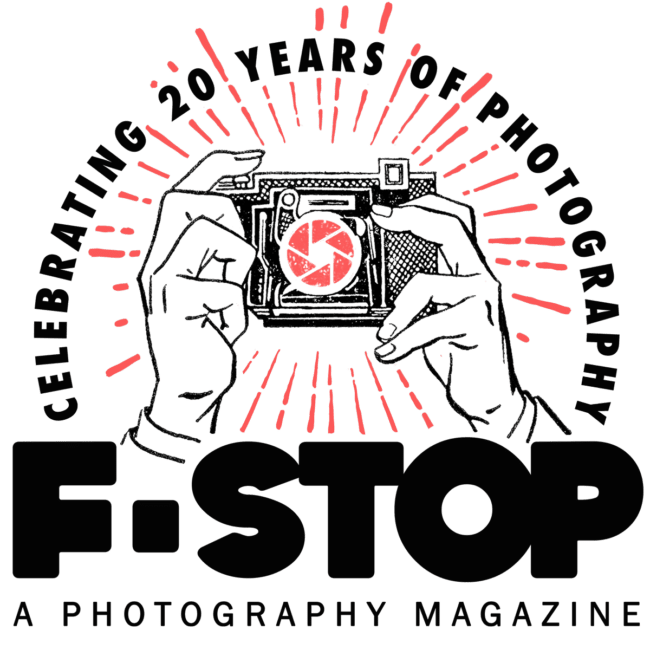
Leave a Reply